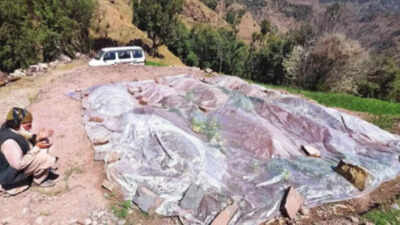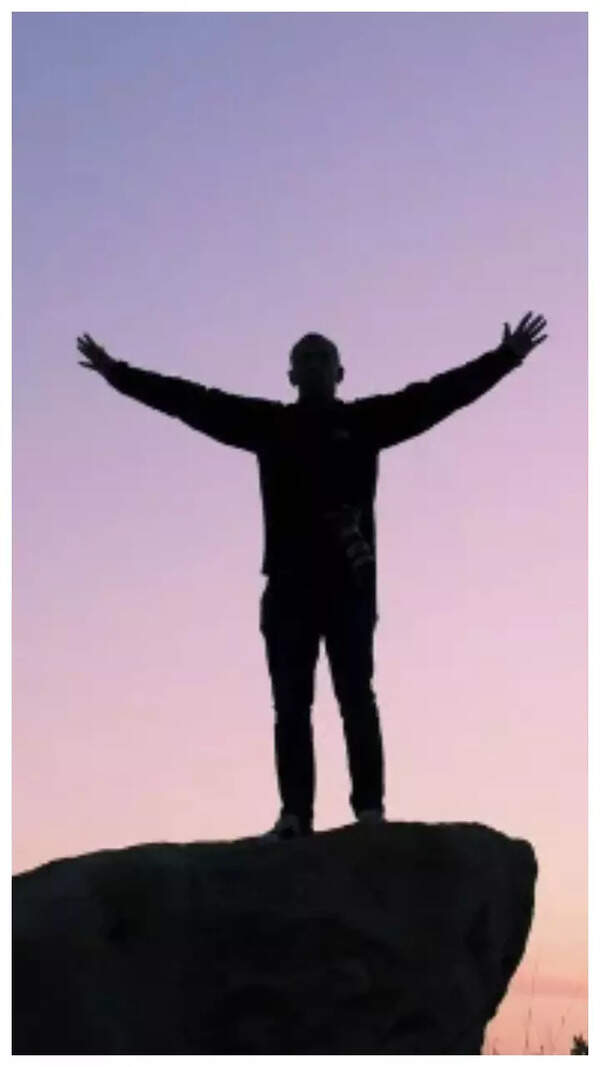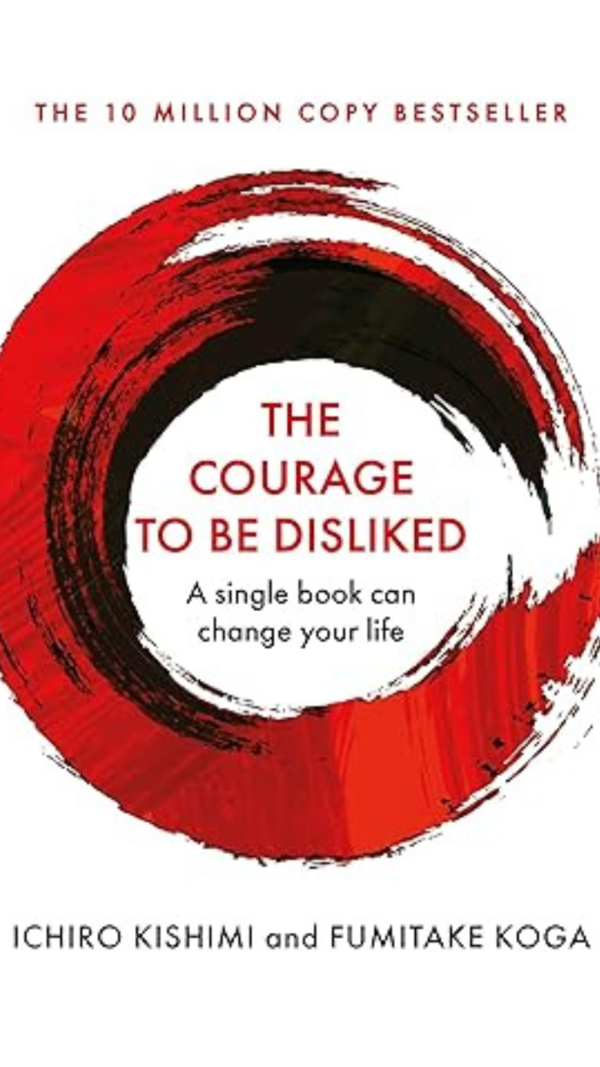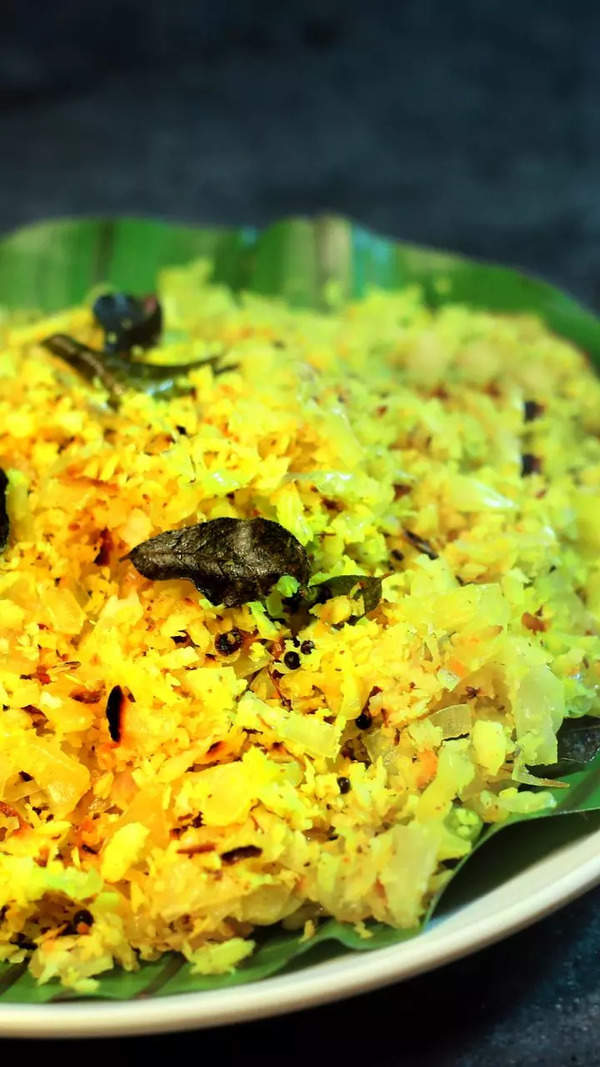- News
- City News
- srinagar News
- 3 months, 17 deaths, no answers: The chilling mystery haunting J&K's Rajouri village
Trending
3 months, 17 deaths, no answers: The chilling mystery haunting J&K's Rajouri village
In the village of Badhal, Jammu and Kashmir, 17 people, including 13 children, died suddenly from unknown causes between December 2024 and January 2025. Despite extensive investigations by authorities and top scientific institutions, the cause of the deaths remains undetermined, leaving families in grief and search for answers.
Mohd Sharif no longer sleeps. Not deeply, at least. Most mornings, long before the sun rises over the jagged silhouette of the Pir Panjal, the 74-year-old makes his way to six small mounds of freshly turned earth on the edge of Badhal village. It’s not far — a short walk through brittle undergrowth and stony soil — but the weight of what awaits stretches the journey out in his mind. Six of his grandchildren are buried there.
When a TOI team reached Badhal, deep inside Rajouri in J&K, after an 18-hour ride from Chandigarh, Sharif was there, crouched over the graves of his “chhotey bacche”.
“These are not just graves,” he said, tottering up to talk to the visitors. They are not. For him, they are markers of a personal apocalypse. In the space of seven days, between Jan 12 and 19 this year, Sharif buried two boys, two girls and two of their visiting cousins who were not even supposed to be in the village that week.
Sharif sat among the graves in silence, surrounded by the stillness that hummed faintly. His eyes, redrimmed and sunken, scanned the fading flowers left behind by others. “They were my life. My best friends,” he said. “Zahoor had just got into school in Rajouri. He used to talk about becoming a teacher. I used to help him with his books. I carried his body on my shoulder. I still talk to him though.”
The deaths came swiftly to Badhal. Between Dec 7, 2024 and Jan 19, 2025, 17 people — 13 kids among them — from three families died suddenly and agonisingly. They fell ill with fever, vomiting and sweating. Then slipped into unconsciousness, their limbs paralysed. The youngest victim was barely a year old. The oldest was a mother, five-and-a-half months pregnant, who died not from poisoning but from the sheer shock of losing her children.
Some died at home, others in hospital beds. In all, 64 people fell violently ill and were hospitalised. But for the families of those who died — six at Government Medical College (GMC) in Rajouri, the rest in Jammu’s GMC and Sri Maharaja Gulab Singh (SMGS) Hospital — there has been no closure. No autopsy has offered a cause, no toxicologist has pointed to a definitive source. Nearly 3,500 samples were collected by health officials in an effort to piece together what went wrong.
But the larger question — why this village? — remains unanswered. Even the country’s premier medical and scientific institutions have been left groping for answers. The horror that unfolded in this remote village cradled by forests about 60km from Rajouri town has no precedent, really.
For a place largely left behind — a cluster of 850 mud-and-wood homes hidden deep within the Pir Panjal range, where modern infrastructure has only brushed the surface — the force of the devastation was staggering. Until recently, the 4,100-odd villagers and their cattle drank from the same reservoir, a baoli. It was sealed after the tragedy drew the attention of CM Omar Abdullah, who visited the grieving families. Piped water connections were installed soon after. Now, with no clear answers emerging from toxicology reports, some residents have begun to wonder if the water source might somehow hold a clue.
Mohd Rafiq lost his two sons, his young daughter Nazia, and his pregnant wife Razeem Akhtar. “Nazia died in my lap,” he said. “She just… went cold.” His wife, he said, died days later — mostly from the shock of losing her children. Rafiq is left with four small children, including a year-old boy. “At first, we thought it was a disease,” he added. “But tell me, if it was a disease, why did only half the family die? Why did some survive, and others didn’t?”
Test Reports Awaited
There are no answers. Even as the Jammu & Kashmir police formed a Special Investigation Team (SIT) to probe the possibility of a criminal act, samples were sent to top laboratories in India: Post-Graduate Institute of Medical Education & Research (PGIMER), Chandigarh; CSIR-Indian Institute of Toxicology Research (CSIRIITR), Lucknow; Defence Research & Development Establishment (DRDE), Gwalior; National Food Laboratory (NFL), Ghaziabad; Central Forensic Science Laboratory (CFSL), Chandigarh; Indian Council of Medical Research (ICMR), New Delhi and the National Institute of Virology, Pune. The list is a who’s who of India’s scientific elite — an unprecedented joint effort, officials say. Perhaps the first of its kind for a civilian tragedy. But so far, there has been no definitive conclusion. The reports have yielded more uncertainty than clarity.
Some clues, though, many in the probe teams say, are beginning to surface.
Aijaz Ahmad, 25, was among the lucky ones to survive. On Jan 20, he began sweating uncontrollably. Medical teams, already stationed in Badhal by then, had him airlifted to Jammu and eventually shifted to PGIMER, Chandigarh. He remained unconscious for seven days. When he awoke, doctors informed him that his body had dangerously high levels of cadmium — a toxic heavy metal known to attack the nervous system.
Dr Vinod Bhat, the block medical officer who first responded to the crisis in Dec 2024, described the early symptoms seen in victims — vomiting, fever, excessive sweating, ascending paralysis, and in many cases, unconsciousness. Some developed encephalitis. “We suspected food poisoning,” he said. “The organs of the deceased, including liver, kidneys, and brain, were sent for forensic analysis. The final reports are awaited.”
On March 19, when the matter reached the floor of the J&K assembly, the minister for health and medical education, Sakeena I too, told the House that the deaths were not caused by any communicable disease, nor by bacteria or virus. She said the health and police departments were working in tandem to trace the contamination source.
As Badhal and the scientific community at large wait for explanations and evidence, the villagers themselves are perplexed. Talk to any family and they flit from anxiety to hope and back to despair. A refrain one hears almost everywhere is: “Kya hua, pata nahin (We don’t know what happened).”
There is deep fear all around. Conspiracy theories have emerged. “We were targeted,” one of them said, unwilling to give his name. But ask him why and he wavers. “Because... I don’t know. Looks like that to me.”
Others whispered about food contamination. Working on that premise, SIT seized records of pesticide and fungicide sales from nearby suppliers. Investigators began quietly tracking potential suspects. However, no arrests have been made. No one has been named.
Scarred By Grief
What no one contests is the grief that has taken over Badhal — it lingers on windowsills, waiting by kitchen doors, trailing men to the mosque and shadowing women at the wells. Even the children who survived no longer play — their silence has become part of the landscape.
Back at the site of his grandchildren’s graves, Sharif found a tree to sit beneath. “If this was a disease,” he said, “why am I still alive? I was with them every day. They ate what I ate. Drank what I drank.” He paused. “This wasn’t an accident. This was done to us.”

About the Author
Ajay SuraEnd of Article
FOLLOW US ON SOCIAL MEDIA









